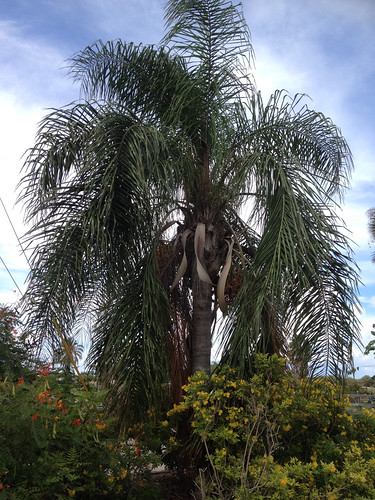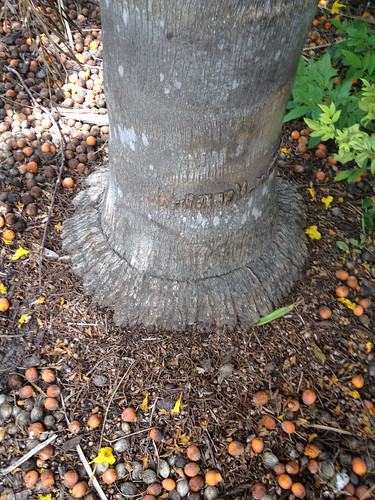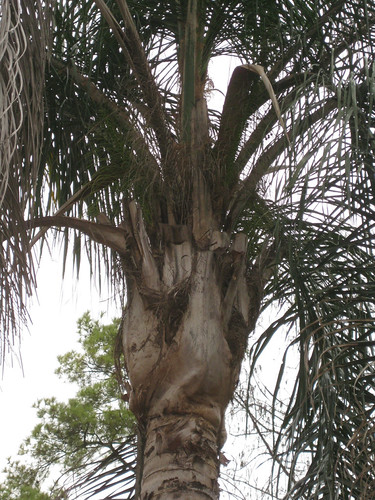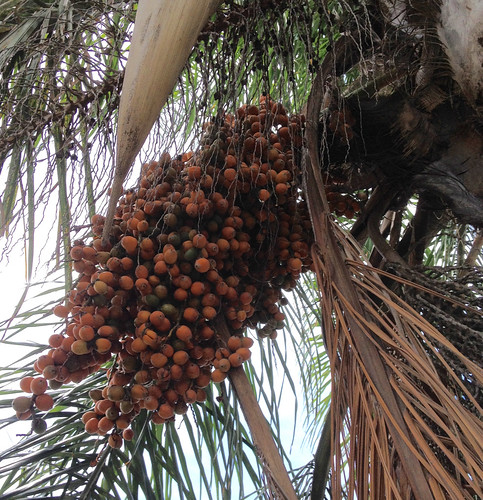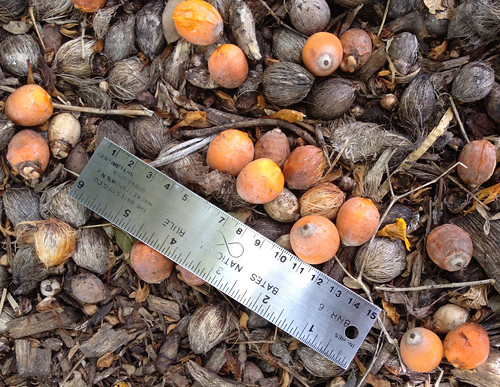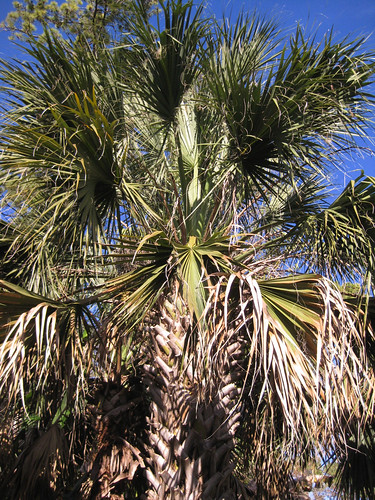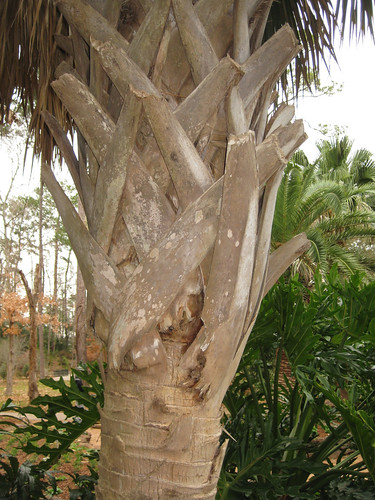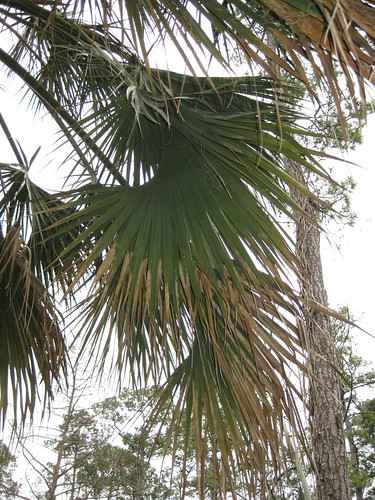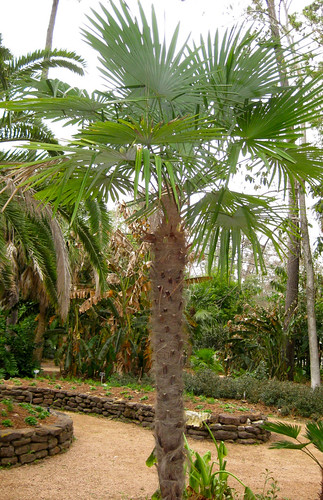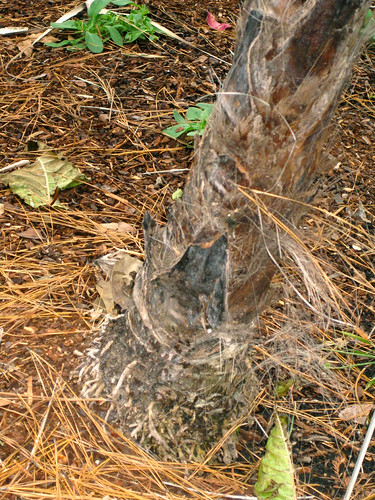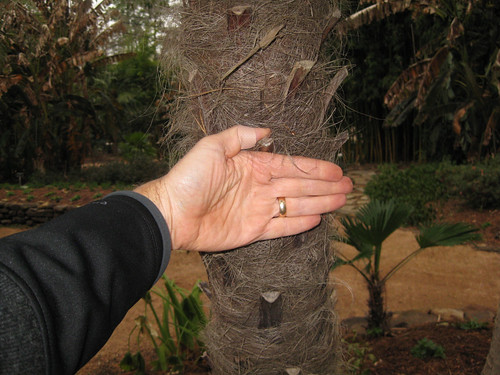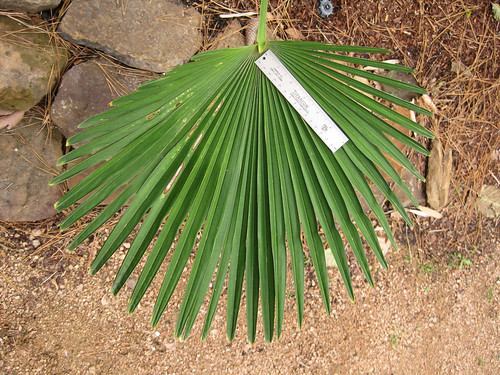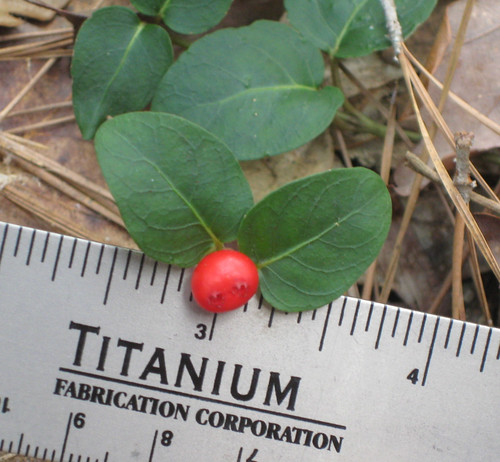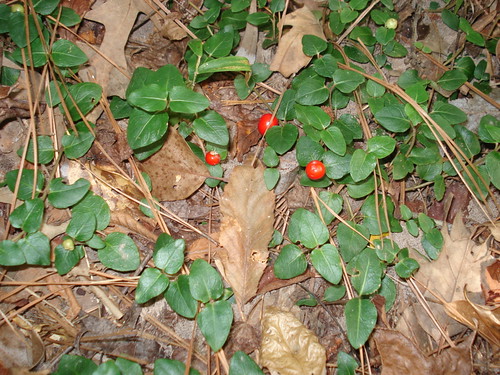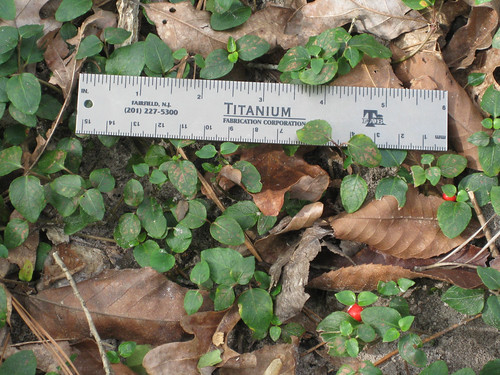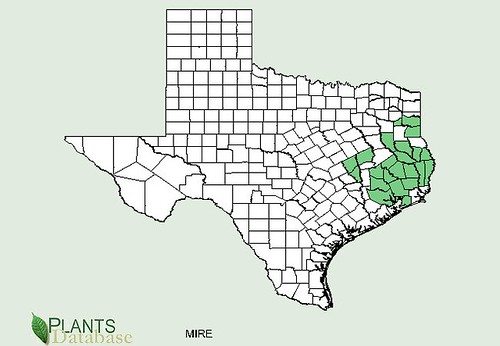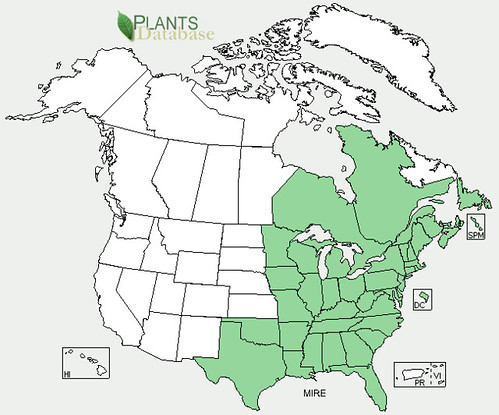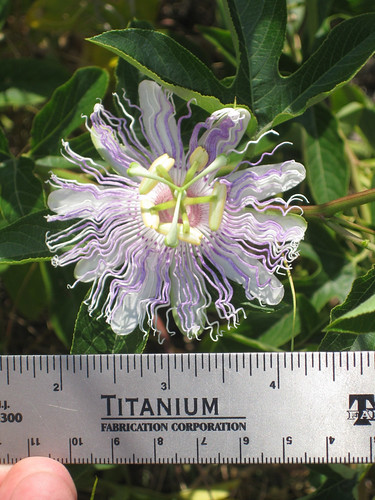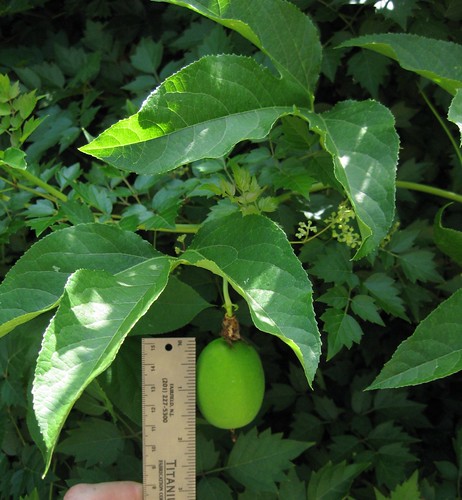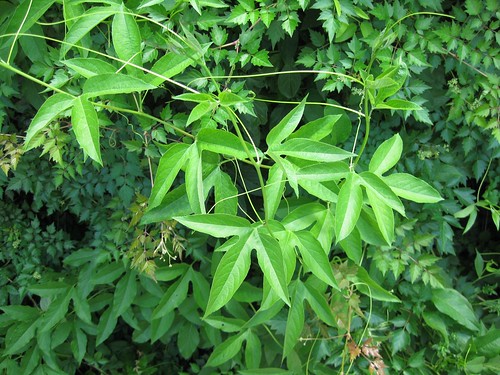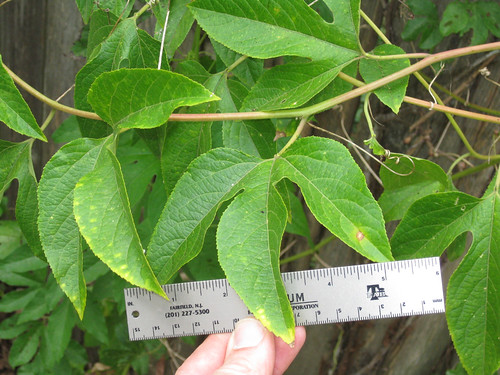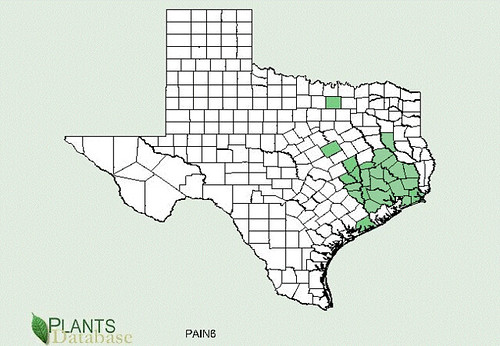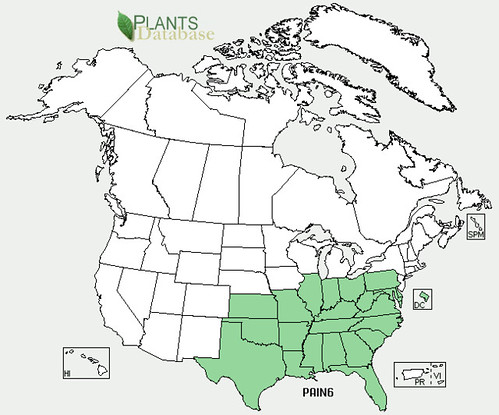Scientific Name: Crataegus marshallii
Abundance: uncommon
What: flowers, leaves, fruit
How: flowers & leaves as tea; fruit raw, tea, or preserves
Where: landscaping, woods, moist
When: spring, summer, fall
Nutritional Value: vitamin C
Dangers: may trigger asthma attacks
Medicinal Summary:
Leaves/Flowers/Berries - beta-blocker; lowers blood pressure; improves capillary flexibility; suppresses fight-or-flight reflex; may help reduce PTSD (
tisane, tincture)
Leaf Arrangement: Leaves are alternate along the stem.
Leaf Shape: Simple, lobed leaves shaped similar to parsley or cilantro leaves, with serrated margins, typically measuring 2 to 3 inches in length.
Leaf Color: Foliage is typically dark green.
Flower Structure: Clusters of small, white flowers with five petals.
Flower Size: Individual flowers are around 1/4 inch in size.
Fruit (Pome): The fruit is a small, red to orange pome (apple-like), typically measuring 1/4 to 1/2 inch in diameter.
Thorns: Parsley hawthorn may have thorns along the branches, which can vary in size. Longer thorns may have smaller thorns growing off them.
Bark: Bark is typically gray but peeling to reveal smooth, reddish under-bark.
Height: Parsley hawthorn can grow to be a small to medium-sized tree, reaching heights of 15 to 25 feet.
Hairs: Hair-free leaves and stems.
Branching Pattern: The branching pattern is irregular, and the tree may have a somewhat open form.
Parsley hawthorn leaves and thorns.
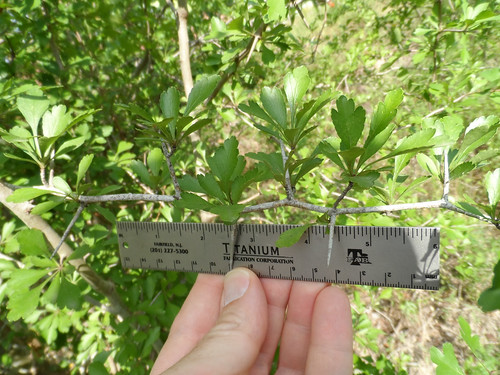
Parsley hawthorn leaves and young fruit.
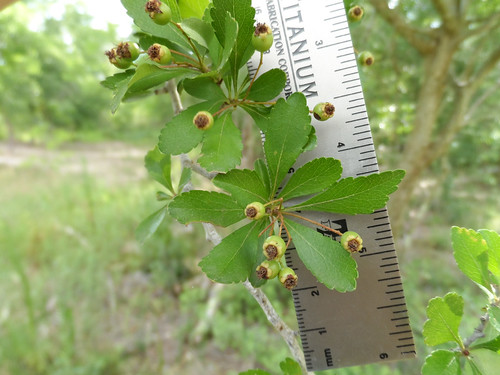
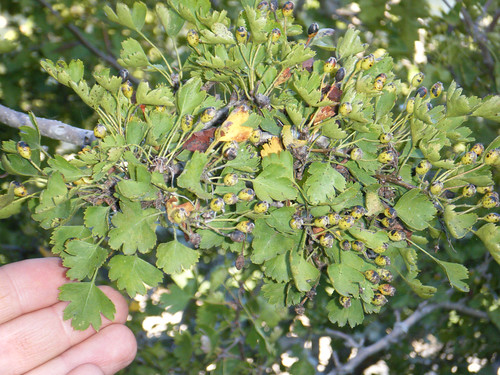
Parsley hawthorn flowers (March in Houston).

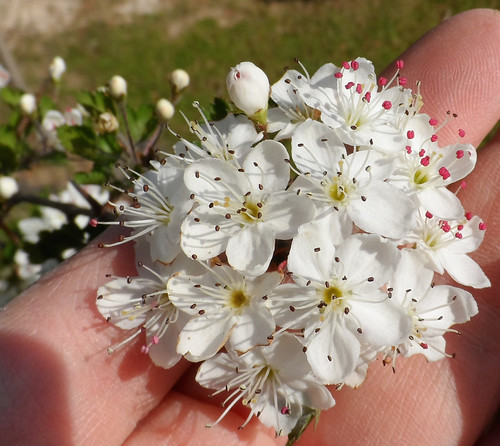
Parsley hawthorn fruit (November in Houston).
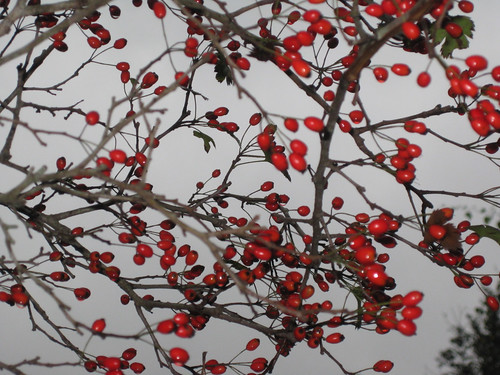
Texas distribution, attributed to U. S. Department of Agriculture. The marked counties are guidelines only. Plants may appear in other counties, especially if used in landscaping.
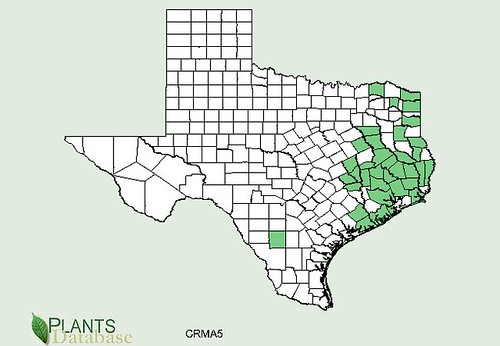
North American distribution, attributed to U. S. Department of Agriculture.

Look for Parsley Hawthorns along suburban streets as well as in the woods. Being hawthorns, they like moisture and somewhat acidic soil. Most of the landscaping trees will be relatively small (under 15' tall) but in the wild under good conditions they will grow to 20' tall.
The unique beauty of Parsley Hawthorn trees have lead to it being taken out of the wild and added to many landscapes. The mottled, flakey gray-brown bark makes it an interesting specimen during its leafless winter months. Come early spring it covers itself in a thick blanket of white flowers...which have a rather unpleasant smell to many people. At the same time the tree's parsley-shaped leaves appear. Soon after the flowers disappear numerous small, green fruit show up. By November these fruit will have turned bright red and most of the leaves will be dropping. Still small, these fruit a rarely bigger than peas but have a wonderful, sweet flavor.
The ripe fruit can be eaten raw, dried, or made into jelly. The raw and dried fruit can be made into a very beneficial tea. The flowers and leaves can also be used to make tea.
Western science has found a number of medicinal properties with Parsley Hawthorn (and also many of the other hawthorns). Extracts of the flower, leaves, and fruit have found to help strengthen the heart and lower high blood pressure. The blood pressure reduction comes from some beta-blocking effects of compounds in this plant. That being said, I recommend following your M.D.'s orders and prescriptions in reducing blood pressure. The concentration of active beta-blocking agents in Parsley Hawthorn can vary quite a bit from plant to plant so getting the correct dosage is very difficult. Also, beta-blockers are known to trigger asthma attacks in those who suffer from asthma.
One of the potential good side effects of beta-blockers is they can reduce the "fight-or-flight" reactions in humans. Many concert musicians and actors/actresses who suffer from stage fright (a common fight/fight situation) request beta-blockers from their M.D.s to help counter the physiological effects of stage fright. Hawthorn tea should have a similar effect but note that hawthorn tea is diuretic (makes you have to pee), so plan accordingly if you are going to drink some before heading up onto stage!
Buy my book! Outdoor Adventure Guides Foraging covers 70 of North America's tastiest and easy to find wild edibles shown with the same big pictures as here on the Foraging Texas website.
